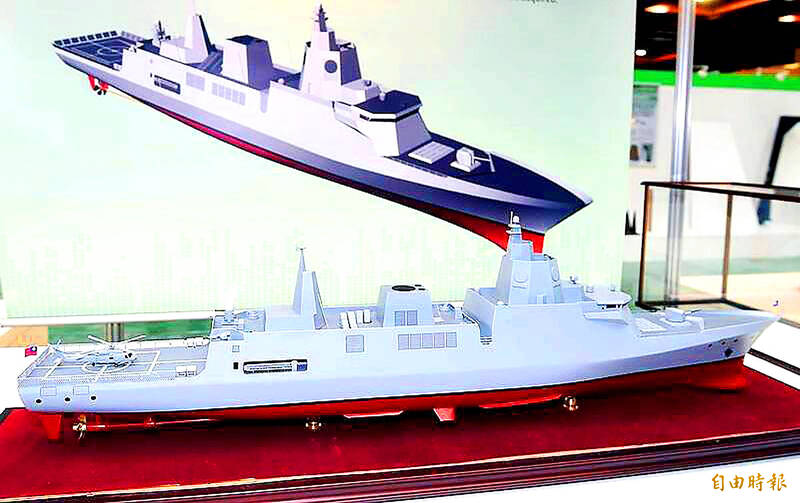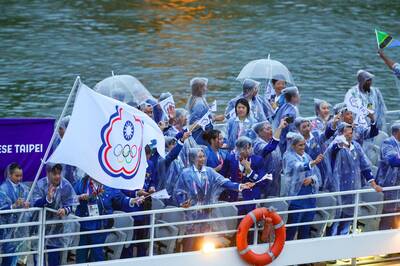《TAIPEI TIMES》 Navy relaunches guided missile frigate project
DESIGN IN PROGRESS: The 6,000 tonne frigate would use a Lockheed Martin radar system and Huayang air defense missile vertical launch systems
By Lo Tien-pin and William Hetherington / Staff reporter, with staff writer
The navy has resumed work on developing a new 6,000-tonne guided missile frigate equipped with a US-made radar system, a source said on Saturday.
The project had been halted, but the military has identified a need for a new generation of guided missile frigates equipped with active phased array radars to support maritime defenses, the source said.
The ship’s tonnage was increased from 4,500 tonnes to 6,000 tonnes, and it would use the US-made AN/SPY-7 active phased radar system from defense contractor Lockheed Martin Corp, they said.
“The initial plans had called for a passive radar system, but that was later changed to an active system in line with international shipbuilding trends,” the source said.
“Due to the changes in tonnage and radar design, the project was halted, and the budget was used to design two different light frigates,” they added.
However, in April last year, officials announced that the project for the larger frigate would be restarted, with plans for the design to be finalized by next year.
The guided missile frigate and the two lighter ships all have different uses and would complement each other, they said.
“The light frigates are to be used for air defense and anti-submarine missions, and are to be delivered in the third quarter of 2026,” the source said.
The guided missile frigate would use domestically developed Huayang air defense missile vertical launch systems, designed specifically for Taiwan’s Hai Kung III (Sea Bow III) missiles, the source said, adding that the missiles would be used for fleet air defenses and local missile intercepts.
Taoyuan Department of Economic Development Director Chang Cheng (張誠), former chief engineer on the Hsiung Feng III (Brave Wind III) missile project, previously said that the AN/SPY-7 system is on the same technical level as the AN/SPY-6(V) radar system developed by US defense contractor Raytheon Co.
Both systems were submitted as bids to the US Navy, which ultimately chose the Raytheon system, and Lockheed’s system was produced exclusively for export, Chang said.
The AN/SPY-7 radar system has an open architecture design that can be easily modified to suit countries’ different naval warships, he said.
“The system has been adopted by Spain, Canada and Japan, and is considered an upgraded version of the Aegis Combat System used in South Korea, Norway, Australia and other countries,” Chang said.
In terms of tonnage, ships that use the AN/SPY-7 include the 6,100-tonne Spanish F110 frigate, the 7800-tonne Canadian Surface Combatant, and the 8,200-tonne Japanese Maya-class destroyer Haguro.
新聞來源:TAIPEI TIMES






















